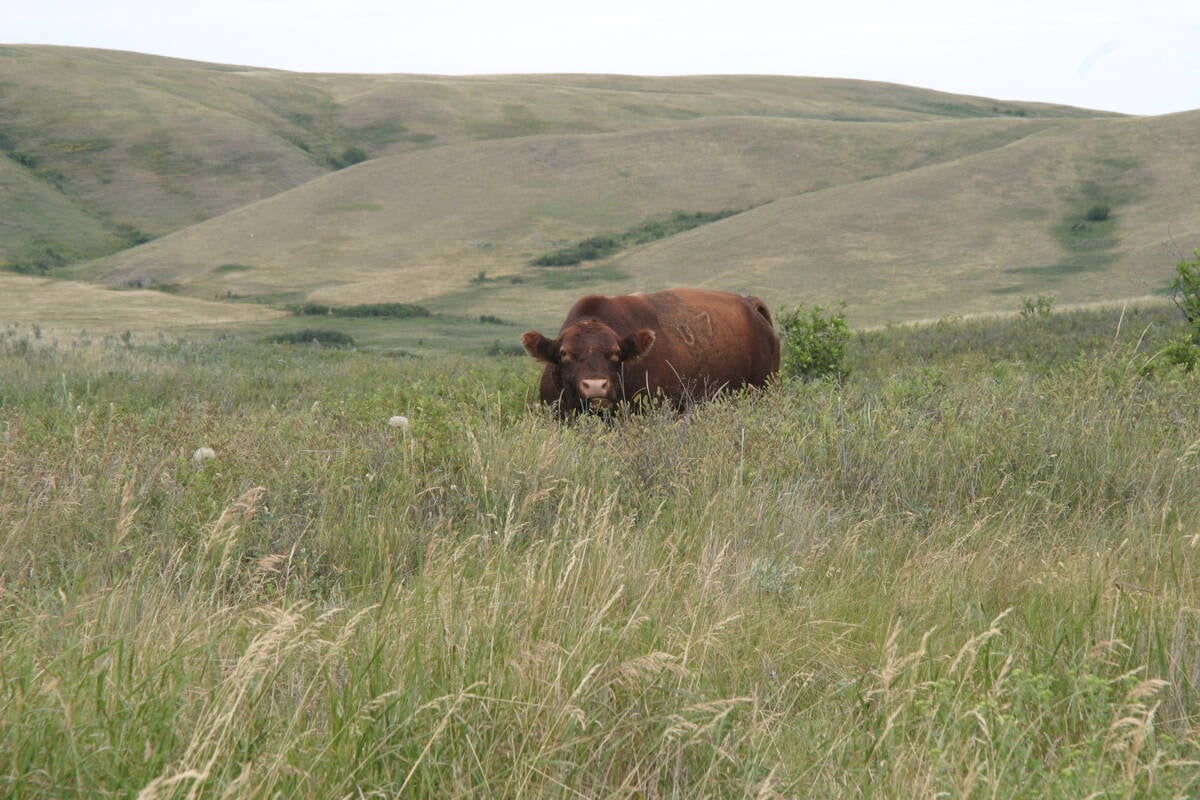The British Columbia government has joined the national calf set-aside program, but it may be too late for many of that province’s cattle producers who have already sold their calves, says a B.C. auction market owner.
“This is something that should have happened six months ago, not when the calf run is half over,” said Henry Dyck, owner of the Vanderhoof Auction Market in Vanderhoof, B.C.
Each day Dyck gets calls from cattle producers across the province wanting details about the program. It is designed to take calves born in 2004 off the market for at least a year to even out the supply going to slaughter and the accompanying prices.
Read Also

Saskatchewan puts crown land auction on hold
Auctions of Saskatchewan crown lease land are once again on hold.
While the provincial government announced it will add its $6 million to the federal government’s $9 million allocated for B.C., details of the program are too sketchy for many producers, said Dyck.
“A lot of guys probably won’t even take part because they don’t know the details.”
B.C. has reluctantly agreed its calf set-aside program will run to Jan. 1, 2006, like other provinces except Alberta, which has set its own end date.
Alberta announced its program would run only to October 2005, to allow heavier calves born in the spring to enter the program and not be overweight by the end date.
B.C. agriculture minister John van Dongen said his province joined the calf set-aside program with reluctance because of the lack of unity and details.
“I do have concerns. There needs to be one date across Canada. It appears Alberta feels very strongly about Oct. 1, ’05 and it appears the federal minister is very dug in on Jan. 1, ’06,” said van Dongen.
“We are going to live with Jan. 1 under great protest. I just don’t think it’s right to have two different dates.”
Mark Nairn, B.C. Cattlemen’s Association president, said living next to Alberta, which has an end date different from the rest of the country, has caused problems for his members.
“We have some serious concerns about that because Alberta is using October and that’s where most of our calves go,” said Nairn.
Federal government officials worry that allowing the calves back on the market in October will create a rush to market and erase any benefits of the set-aside program. Nairn said his concern is there will be few options left for cattle producers if they’re forced to hold their animals until January.
“If animals come off Oct. 1, people will make decisions based on the markets, not the program. Unfortunately if you wait till Jan. 1, then you can’t go back, and you’re stuck with whatever the market’s doing and then you might see a flood,” said Nairn, who hopes everyone can agree on a single start and end date.
B.C. will not join the fed cattle set-aside program, designed to take slaughter cattle off the market. With the limited amount of feedlots in B.C. and the lack of details of how the program would operate, both the B.C. cattle industry and the government agreed not to join.














